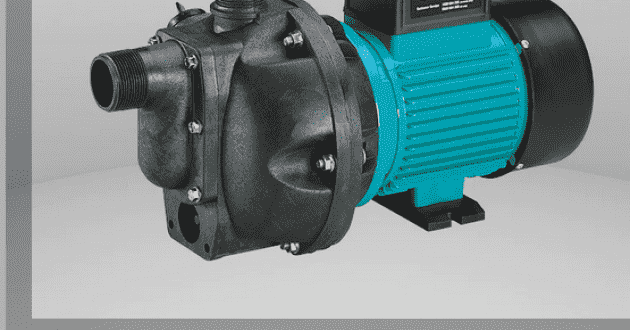How To Maintain Your Vehicle's Water Pump
The water pump is a vital part in a vehicle’s engine operation.
It is the job of the pump to ensure that the coolant keeps circulating through the engine block, hoses, and radiator so that an optimum temperature is maintained. The process is driven by an auxiliary belt attached to the crankshaft pulley of the engine. A vehicle’s water pump uses impeller blades and centrifugal force to move the cool water into the car’s engine.
The pump moves the fluid whenever your vehicle’s engine is operational. The fluid that leaves the pump first travels through the engine blocks and cylinder heads before it reaches the radiator. Finally the coolant moves back to the pump. The coolant absorbs the heat that the combustion process generates and then it travels to the radiator where the heat is released.
Why a Vehicle Needs a Water Pump
Temperatures in the combustion area of the engine can touch a temperature of 4500 degrees Fahrenheit, so it is very important to cool the area around the cylinders. Almost all the places inside the cylinder heads and around the exhaust valves are filled with coolant. The engine will stop functioning if it remains without cooling for a very long time. On top of that, when your vehicle engine stops because of the overheated engine it could damage the engine parts. Many times, due to the high heat it could even lead to the piston getting welded to the cylinder causing the engine to be completely destroyed.
The water pump, a small and often an overlooked part, is very helpful for the proper functioning of the vehicle. Therefore, keeping it in a proper condition is important.
What is the Lifespan of a Water Pump?
Modern vehicles have water pumps that tend to last for long time, but they have to endure a lot. When your engine is working, the water pump has to constantly circulate coolant to the engine block and cylinder head to keep the system cool. Once the coolant passes through the engine and becomes hot it is sent to the radiator to bring down the temperature before it is moved to the engine again.
Due to this constant pressure it is best to replace the water pump when servicing the timing belt. The timing belt turns the pulley outside the pump which further spins the impeller inside. You can expect the belt to last between 60,000 to 90,000 miles. Your water pump will last that long. Though, some of the water pumps need to be replaced before that. High quality manufacturers make every effort so that the water pumps survive for a longer period and the negative consequences of a malfunctioning water pump on the engine can be avoided.
How to Know if Your Water Pump is Failing?
The water pump does not usually stop functioning in a day. There are several warning signs that tell you the vehicle’s water pump is failing. Two most obvious signals of a bad water pump are: coolant leaking from the front and the whizzing sound coming from the pump. If you notice these signals, it is best to take your vehicle to a mechanic for a checkup of the water pump.
Waterpumpu.com was put together by the professionals at US Motor Works (USMW), the manufacturer of electric fuel pumps, fan clutches, automotive water pumps, oil pumps, cooling accessories and other automotive & heavy duty engine parts. Waterpumpu is designed specifically to provide information on automobile coolant systems including water pump installation and system diagnosis, automotive cooling system maintenance, water pump repair or replacement, engine over heating issues, trouble shooting coolant leaks etc. For further details, please visit http://www.waterpumpu.com.


